The U.S. fentanyl crisis continues, with nearly 100,000 fatal overdoses in just over a year. This potent opioid, 50 times stronger than heroin, is often found mixed with other drugs or disguised as prescription pills. While its impact is felt across America, the production process begins far overseas.
This article traces the journey of fentanyl from its origins in Chinese chemical factories to its distribution on American streets, highlighting the escalating prices and profits at each stage.
Wuhan, China: The Source
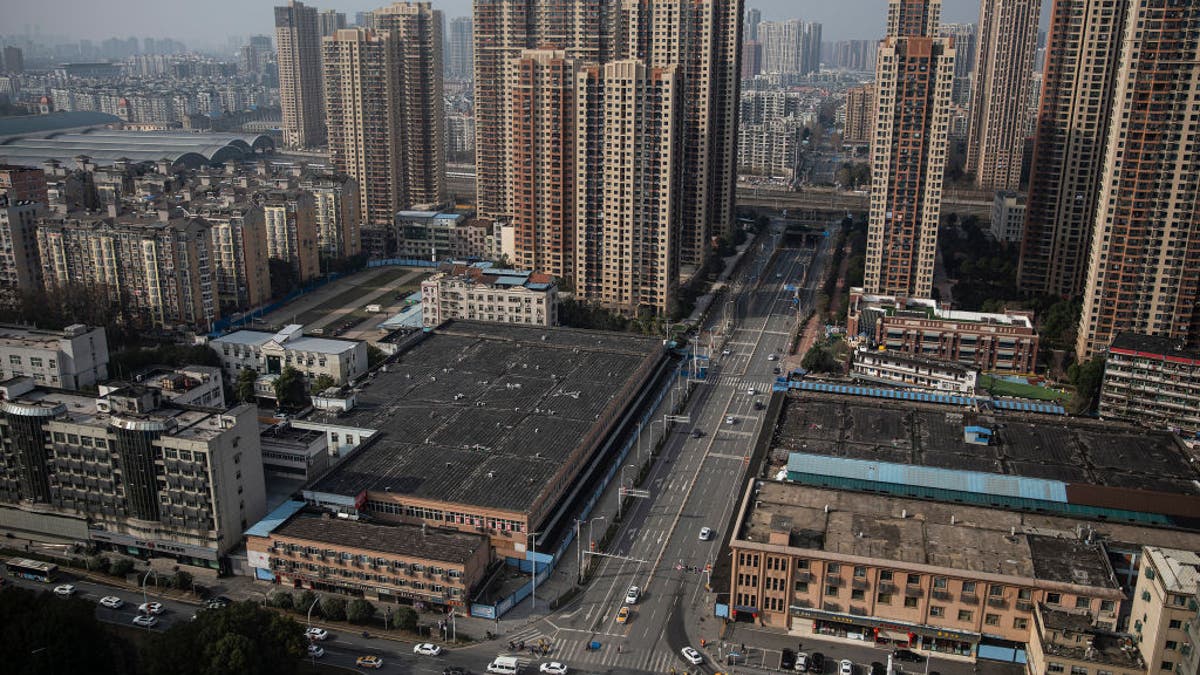
The process begins with a clandestine order from the Sinaloa Cartel in Mexico, placed via private Telegram chats. The recipient is a Wuhan-based Chinese company, ostensibly selling industrial cleaning chemicals. They supply a key precursor, 4-Piperidone, essential for fentanyl production. This precursor, costing a mere $200 per kilogram, is the crucial ingredient.
Mazatlan, Mexico: Processing and Production
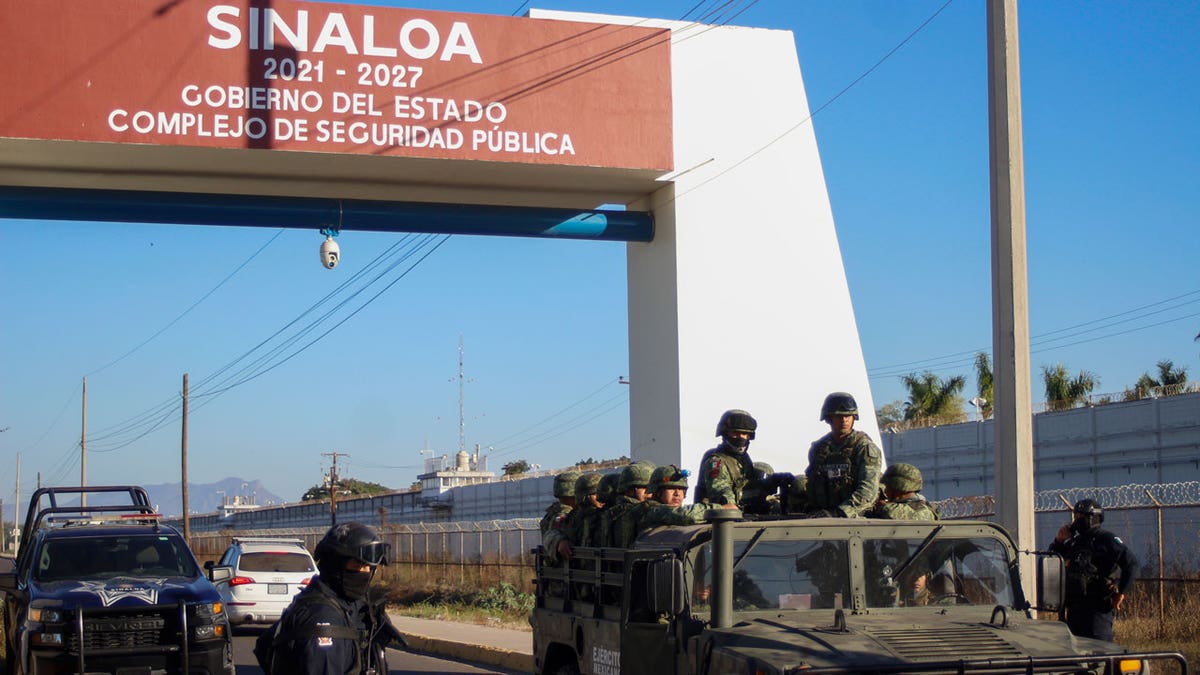
Precursors and finished fentanyl are shipped through Pacific ports like Lazaro Cardenas and Mazatlan, controlled by powerful cartels. Concealed within legitimate cargo, these shipments are virtually undetectable by authorities. Once in Mexico, the precursors are transported to clandestine labs in Culiacan, where they are rapidly converted into counterfeit pills, like the infamous “M30s” mimicking Oxycontin. Production costs per pill are around $0.50, but they sell for $5-$15 each in the US, boosting the value of a kilogram of pills to over $3,500.
San Diego, California: Crossing the Border
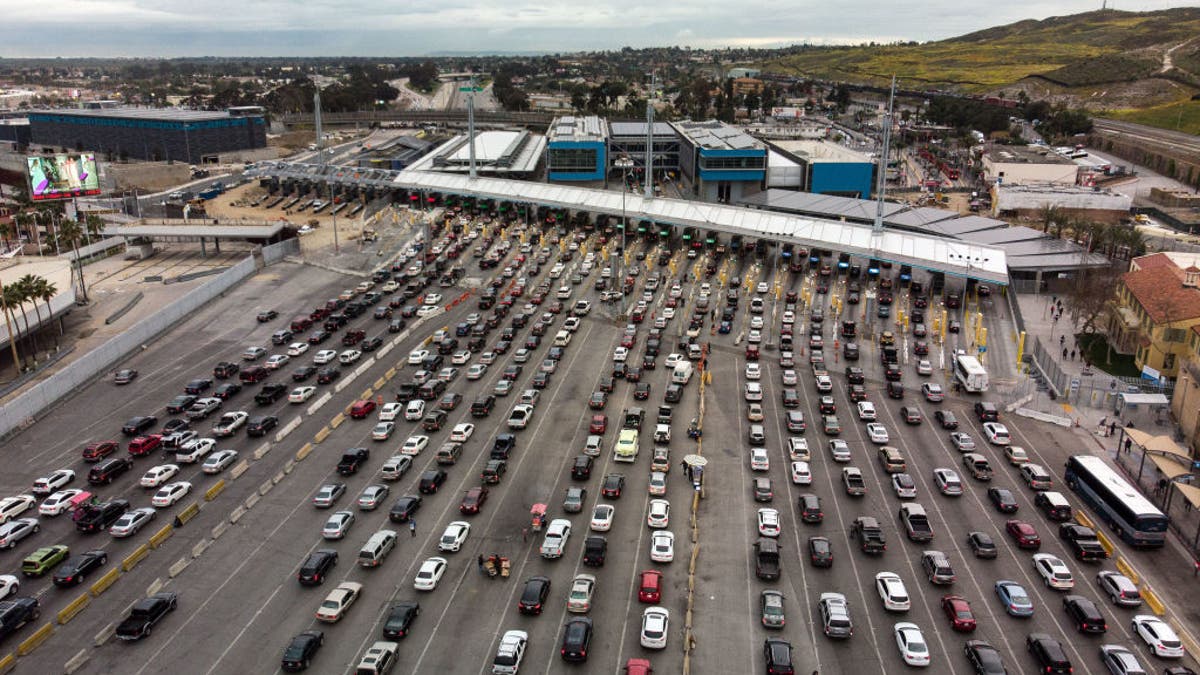
The fentanyl is then transported to border cities, packed in cargo trucks alongside other goods. A system of pooled investments and bribes facilitates passage through checkpoints. “Mules” are paid $500 per trip to smuggle the drugs across the border in their vehicles, often through official ports of entry. CBP seizures have skyrocketed, reflecting the increased flow. At this stage, the price per kilogram jumps to $25,000.
New York City: Distribution and Street Sales
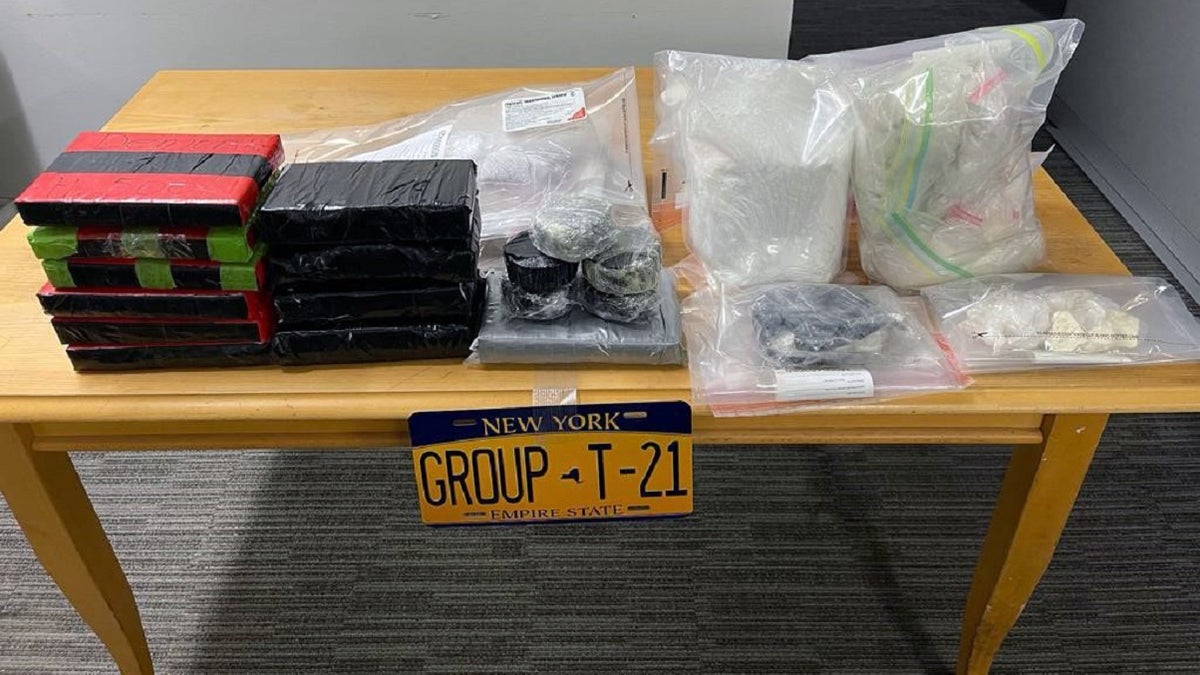
The final stage involves “mills” – clandestine processing centers in suburban areas. Here, the fentanyl is repackaged for street-level distribution. Dealers then cut the drugs with other substances to maximize profits. From these mills, the fentanyl reaches major cities across the US. The final street value of the original kilogram of precursor chemicals now exceeds $1 million.

The fentanyl crisis highlights the complex international supply chain that fuels this deadly epidemic. From Chinese chemical suppliers to Mexican cartels, border smugglers, and street dealers in the US, each stage adds to the devastating human cost.
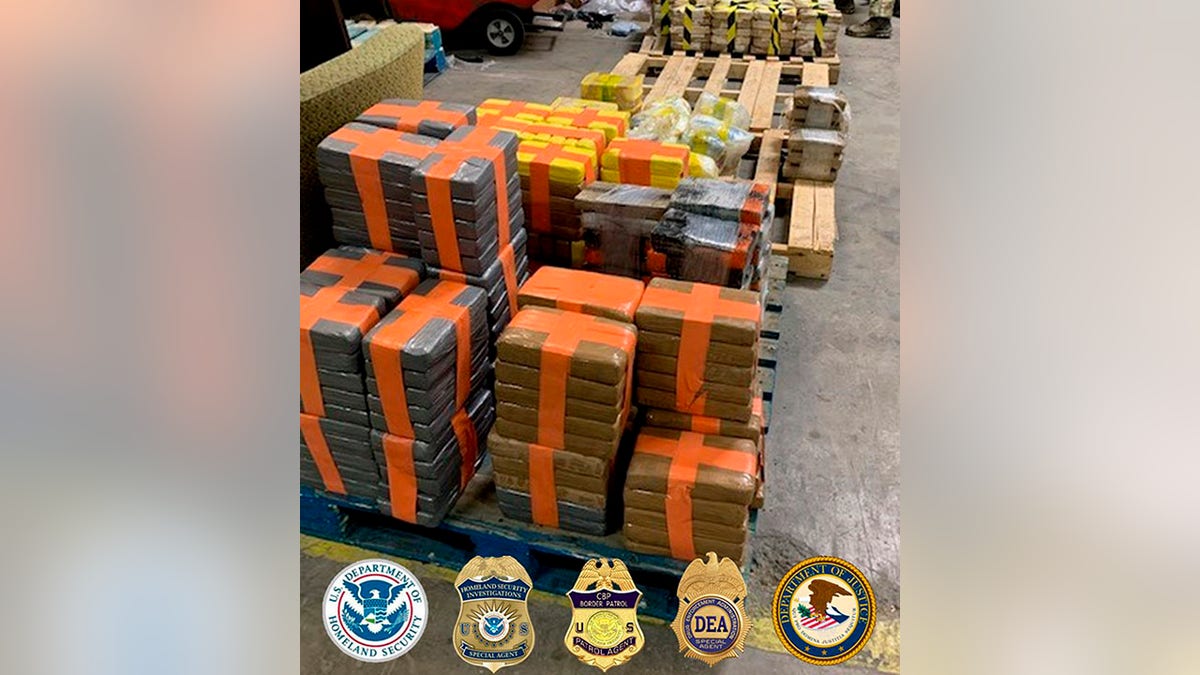
Comments(0)
Top Comments